 | ||
Sha na na born to hand jive
The hand jive is a dance particularly associated with music of the 1950s, rhythm and blues in particular. It involves a complicated pattern of hand moves and claps at various parts of the body, following and/or imitating the percussion instruments. It resembles a highly elaborate version of pat-a-cake. Hand moves include thigh slapping, cross-wrist slapping, fist pounding, hand clapping, and hitch hike moves.
Contents
- Sha na na born to hand jive
- Glee born to hand jive full performance official music video
- Songs referring to Hand Jive
- Versions
- Other uses in music
- Beyond music
- References
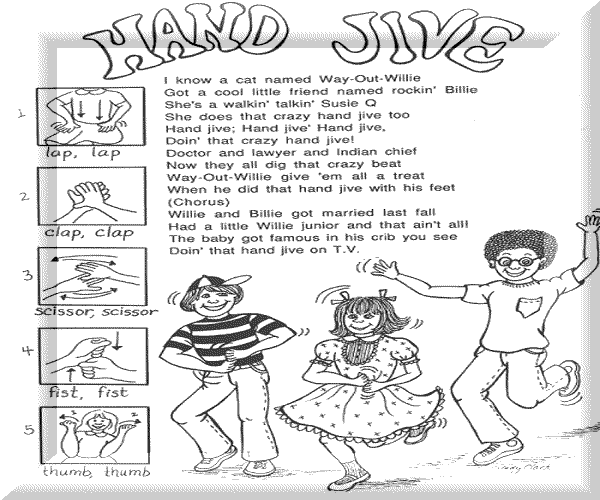
In 1957 when filmmaker Ken Russell was a freelance photographer, he recorded the teenagers of Soho, London hand-jiving in the basement of The Cat's Whisker coffee bar, where the hand-jive was invented. According to an article in the Daily Mirror, "it's so crowded the girls hand-jive to the band as there's no room for dancing." Russell told interviewer Leo Benedictus of The Guardian that "the place was crowded with young kids... the atmosphere was very jolly. Wholesome... everyone jiving with their hands because there was precious little room to do it with their feet... a bizarre sight. The craze fascinated me. It seemed like a strange novelty; I used to join in."
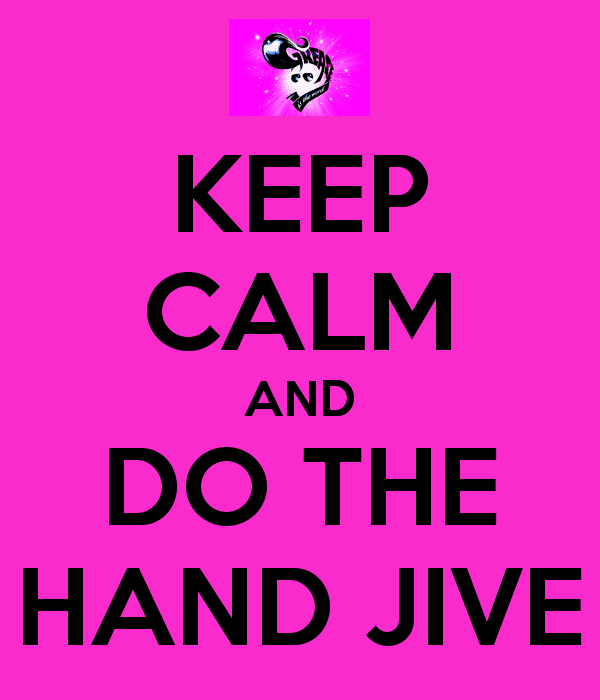
Glee born to hand jive full performance official music video
Songs referring to "Hand Jive"
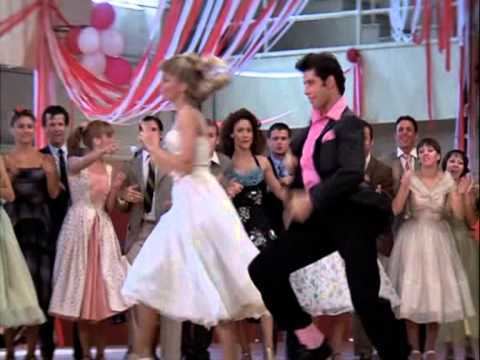
In April 1958, the label London released a song called "Hand Jive" by Bud Allen, performed by the Betty Smith Group. The song lyrics describe the hand dance the title refers to. Hand Jive by Betty Smith released April 1958
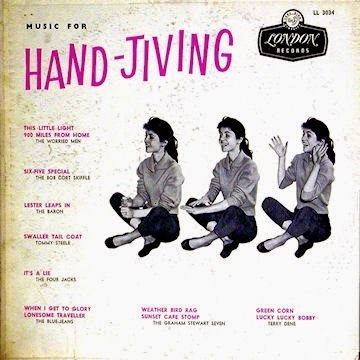
Capitol Records released the song "Hand Jive 6-5" in the U.S., backed with "Ramshakle Daddy" (3937) by British group Don Lang and the Frantic Five in March 1958 . This recording does not feature the Bo Diddley rhythm.

The hand jive was popularized in the States by Johnny Otis's "Willie and the Hand Jive", described as a "funky blues rendition in a Bo Diddley styling" and "another approach to the growing Stateside interest in the British originated hand dance."
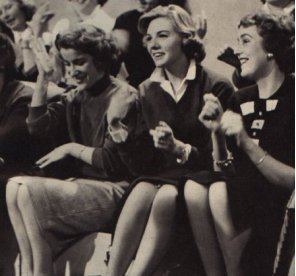
This song exhibited the Bo Diddley beat, a rhythm that originated in Latin music and was brought into mainstream American music by Bo Diddley. It has since influenced generations of musicians.
Jazz trumpeter Miles Davis has a track named "Hand Jive" on his album Nefertiti from 1967.
Versions
Eric Clapton did a version of the Johnny Otis song in 1974 that reached the Top 40.
Additionally, "Willie and the Hand Jive" was played on several occasions by the Grateful Dead and also by the New Riders of the Purple Sage with Jerry Garcia, Sony, 1972
George Thorogood and the Delaware Destroyers recorded a version of "Willie and the Hand Jive" and a music video.
Other uses: in music
The hand jive is also featured prominently in the Broadway musical Grease (1971) through the song "Born to Hand Jive"; in the movie adaptation of the musical, the song is performed by Sha Na Na. On a DVD audio commentary for the movie, choreographer Patricia Birch mentions that the dance also went by the much more risque name "hand job", but the title was changed as Grease was aimed at a family audience.
Jazz fusion guitarist John Scofield's 1993 album is called by [Hand Jive (album)]
The long-running Walt Disney World musical Festival of the Lion King (1997) uses this during the song "Hakuna Matata," and the performers and audience do it while singing the song. The audience is taught the hand jive some time before the show begins.
The 2005 album "Midnight Boom" by the band The Kills features the hand-jive rhythm in the song "Sour Cherry." The band's goal while writing the album was to write rhythms inspired by old-school school-yard hand claps.
Beyond music
The term is also used by some jugglers in reference to certain hand motions in the Mills Mess juggling pattern.
